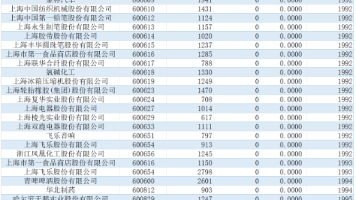机器学习-线性回归模型示例
一、拟合效果二、代码实现import tensorflow as tfimport numpy as npimport matplotlib.pyplot as plt#使用numpy生成200个随机点x_data = np.linspace(-0.5,0.5,200)[:,np.newaxis]noise = np.random.normal(0,0.02,x_data....
·
一、拟合效果

二、代码实现
import tensorflow as tf
import numpy as np
import matplotlib.pyplot as plt
#使用numpy生成200个随机点
x_data = np.linspace(-0.5,0.5,200)[:,np.newaxis]
noise = np.random.normal(0,0.02,x_data.shape)
y_data = np.square(x_data) + noise
#定义两个placeholder
x = tf.placeholder(tf.float32,[None,1])
y = tf.placeholder(tf.float32,[None,1])
#定义神经网络中间层
Weights_L1 = tf.Variable(tf.random_normal([1,10]))
biases_L1 = tf.Variable(tf.zeros([1,10]))
Wx_plus_b_L1 = tf.matmul(x,Weights_L1) + biases_L1
L1 = tf.nn.tanh(Wx_plus_b_L1)
#定义输出层
Weights_L2 = tf.Variable(tf.random_normal([10,1]))
biases_L2 = tf.Variable(tf.zeros([1,1]))
Wx_plus_b_L2 = tf.matmul(L1,Weights_L2) + biases_L2
prediction = tf.nn.tanh(Wx_plus_b_L2)
#二次代价函数
loss = tf.reduce_mean(tf.square(y-prediction))
#梯度下降法训练
train_step = tf.train.ProximalGradientDescentOptimizer(0.1).minimize(loss)
with tf.Session() as sess:
#变量初始化
sess.run(tf.global_variables_initializer())
for _ in range(2000):
sess.run(train_step,feed_dict={x:x_data,y:y_data})
#获取预测值
prediction_value = sess.run(prediction,feed_dict={x:x_data})
#画图
plt.figure()
plt.scatter(x_data,y_data)
plt.plot(x_data,prediction_value,'r-',lw=5)
plt.show()
更多推荐
 已为社区贡献1条内容
已为社区贡献1条内容








所有评论(0)